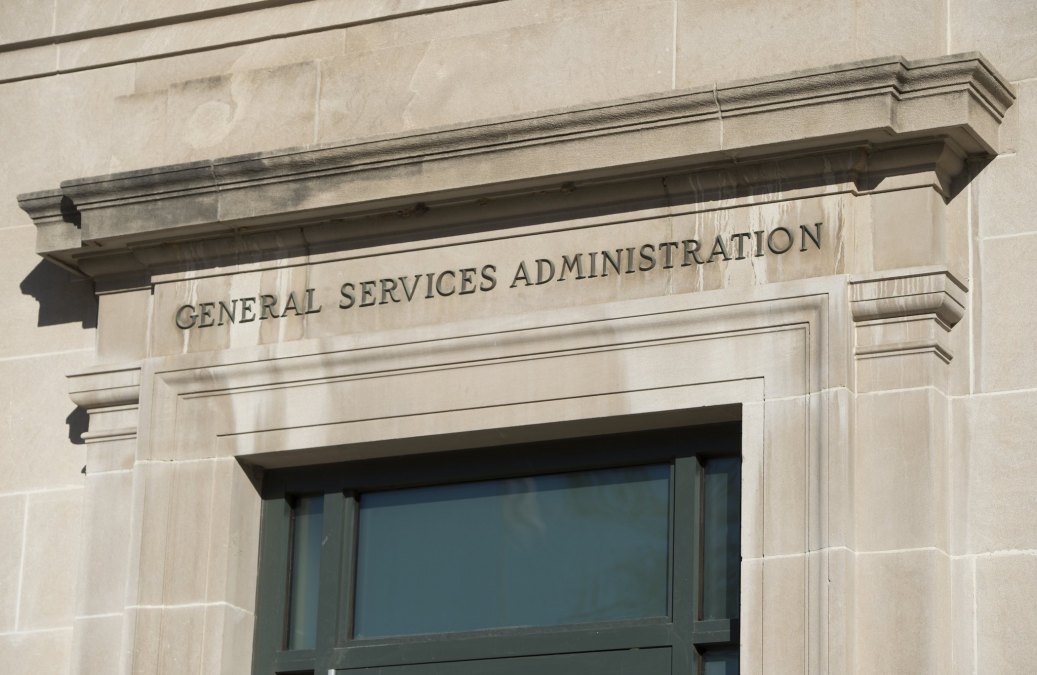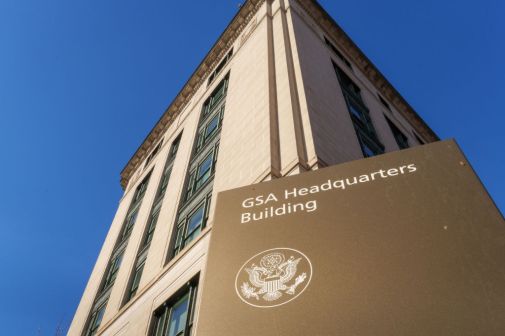GSA taps Login.gov deputy director to take top role next month

Hanna Kim will take over as director of Technology Transformation Services’ Login.gov starting May 11, the General Services Administration confirmed Wednesday.
Kim has served as the website’s first deputy director since January following a five-year stint at Amazon, where she developed “cutting-edge AI-based technology to scale policy enforcement,” per a GSA email. Kim previously worked across the federal government, serving with the departments of State, Treasury and Defense.
Dan Lopez-Braus, the outgoing director of Login.gov, will transition into a senior adviser position with TTS.
TTS Director Ann Lewis said in a statement that Kim “will lead the team to implement the recently-announced launch of an optimized pricing structure and a new pilot for selfie-based identity verification, both of which will empower even more agencies and programs to use Login.gov to benefit people nationwide.”
The news of Kim’s appointment follows an announcement from Login.gov earlier this month that it will pilot biometric technology for identity verification. The tool would allow users to take a “selfie” as a complementary feature to the site’s efforts to protect against identity fraud attempts and cyberattacks.
A Government Accountability Office report released Monday listed Login.gov as a federal government use case for biometric identification. The congressional watchdog said the Department of Veterans Affairs and the Social Security Administration use it for identity verification for members of the public to access websites and services.
The GAO issued five recommendations for policymakers to address concerns regarding biometric technology: conducting comprehensive evaluations to provide more information about the effects of biometric tech, enacting privacy laws or guidance, offering tech users additional training and guidance on how they might select and use the biometric technology appropriately, more widespread information-sharing about the tech, and applying a “risk-based” approach in the development of regulations and guidance.
Biometric identification tech varies in “accuracy for different populations,” the GAO stated, but there have been advances over the past four years that have led to notable improvements.
Correction: Due to an editing error, Kim was initially identified as a deputy director for TTS rather than deputy director of TTS’ Login.gov.






